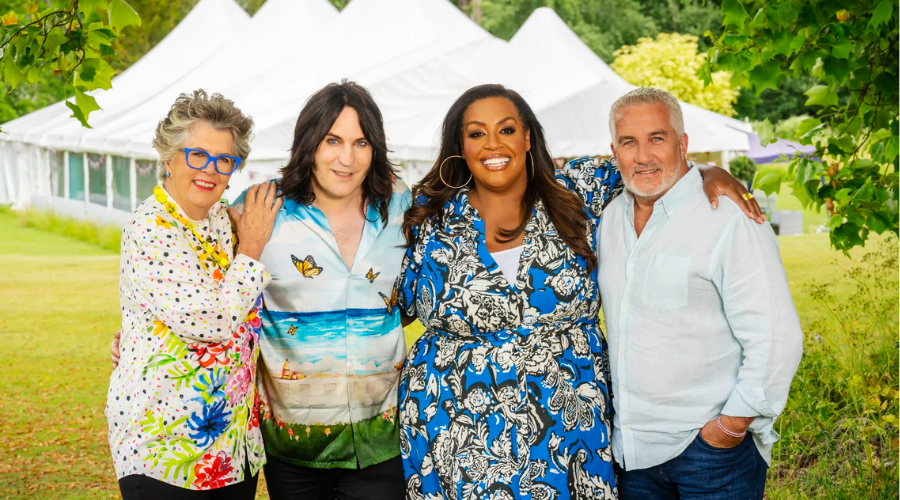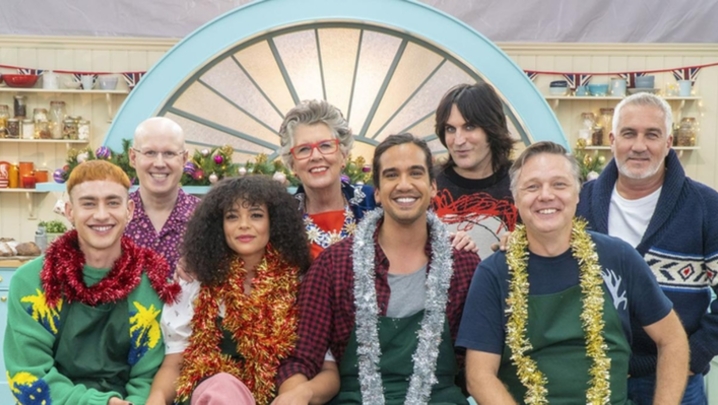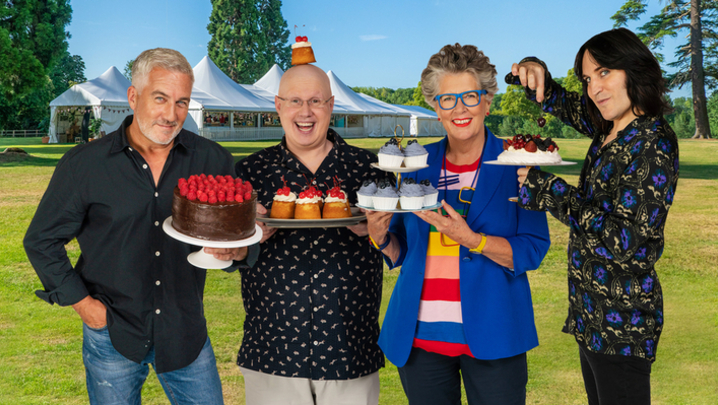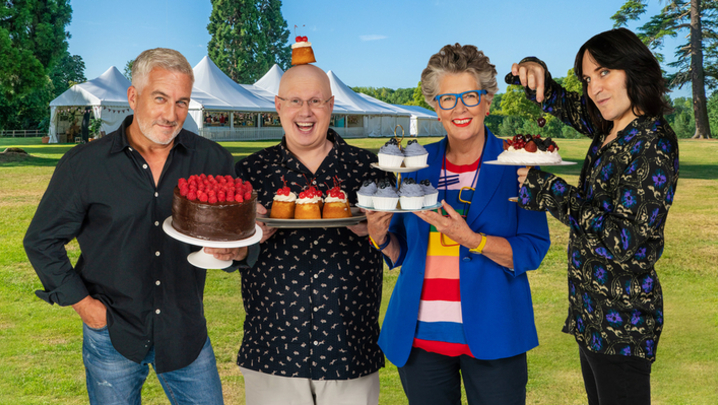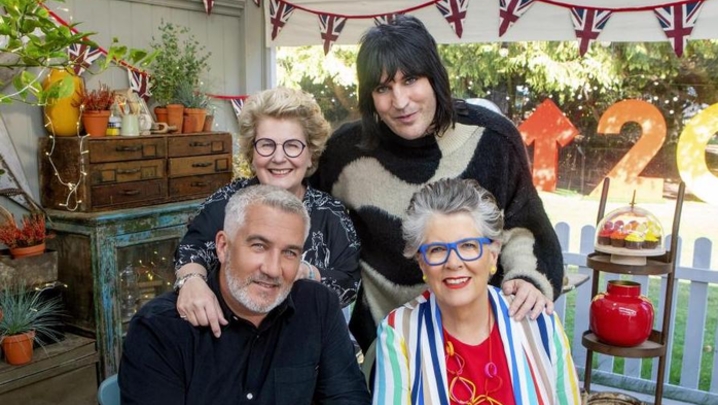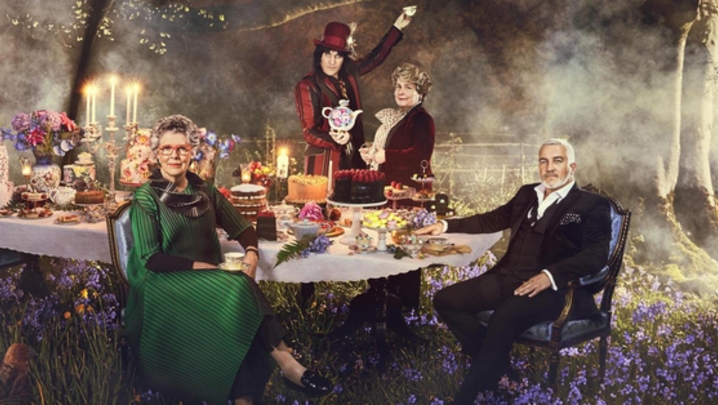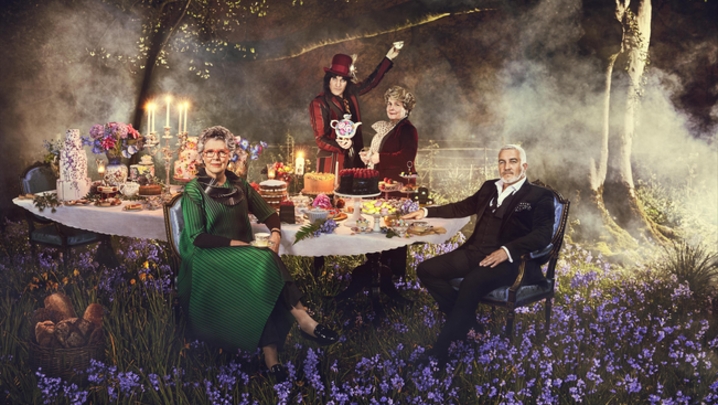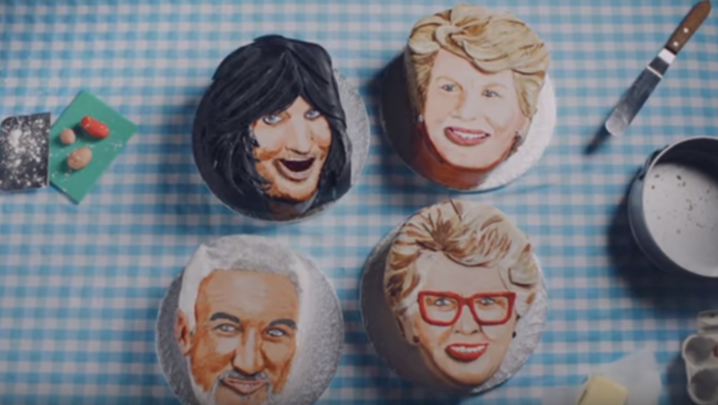High in calories, higher in stakes, The Great British Bake Off has so far served up thirteen series of mouth-watering competition.
Each series sees twelve amateur bakers attempt to out-bake their opponents and impress judges Prue Leith and Paul Hollywood, with encouragement (/harassment) from the presenters, now comedian Noel Fielding and queen of daytime Alison Hammond.
With one of the highest average audiences of any programme in the UK (in 2016, nine of the top ten most-watched programmes of the year were episodes of the show), Bake Off has become a Great British institution.
The fourteenth series is now underway on Channel 4, and to mark the occasion we took a peek inside the tent at the characters and ingredients that form its winning recipe.
Here are ten things you might not know about Bake Off.
1. The series was inspired by village fête baking competitions
Creator and showrunner Anna Beattie thought there was something about the quintessentially British village fête and its baking competitions that could work on TV.
After speaking to a friend who had seen similar ‘bake-offs’ in America, Beattie put two and two together to conceive the idea.
Still wearing the inspiration on its sleeve, Bake Off is filmed in fête-style, bunting-draped marquees within the charming gardens of UK venues, now Welford Park in Berkshire.
2. The record number of ingredients used for a bake is 124
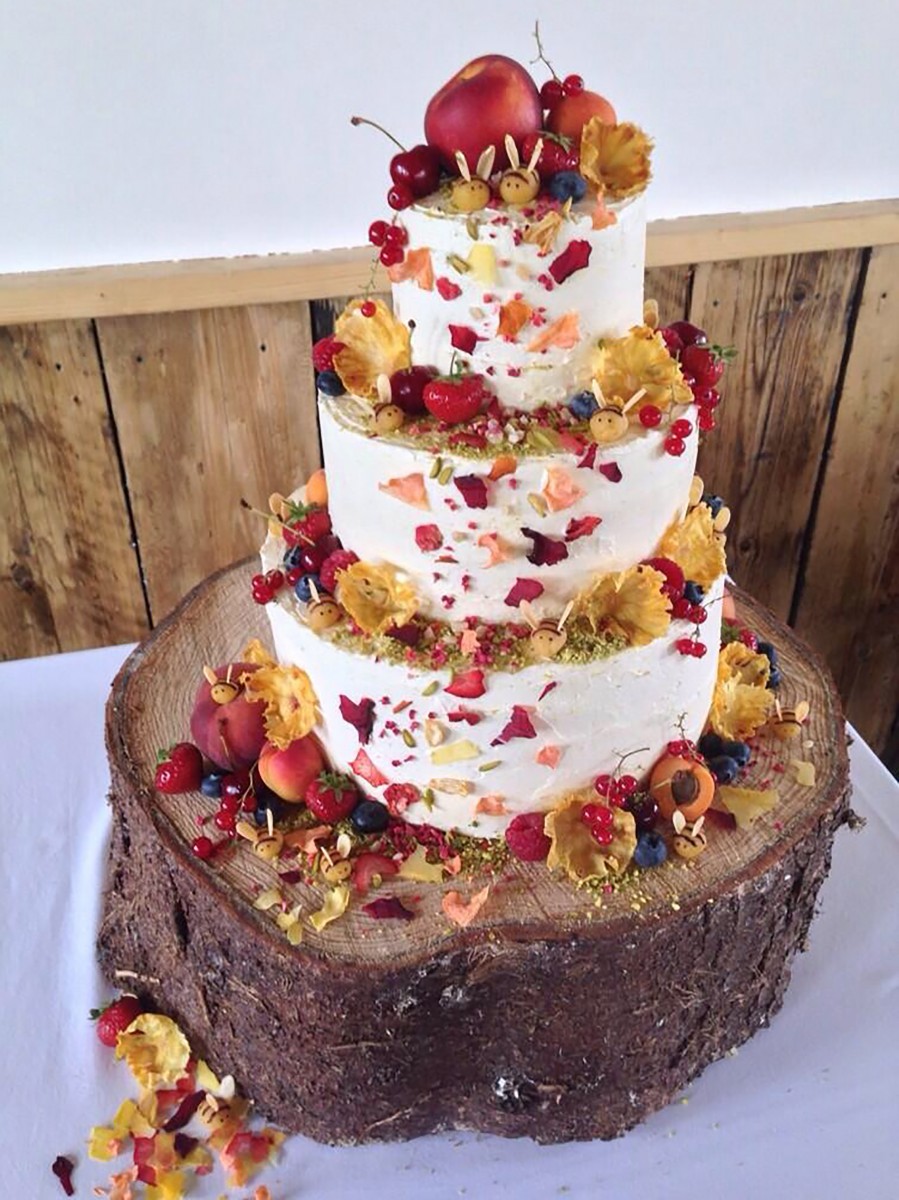
On average there are 12 to 20 ingredients per bake, but in 2013 Frances Quinn went all in with a 124 ingredient showstopper that won her the title.
Inspired by Shakespeare’s A Midsummer Night’s Dream, each of the cake’s three tiers represented one of the play’s three plots, including a ginger base, a lemon drizzle sandwich middle and a carrot and pineapple top.
3. All of the illustrations are hand drawn by one artist
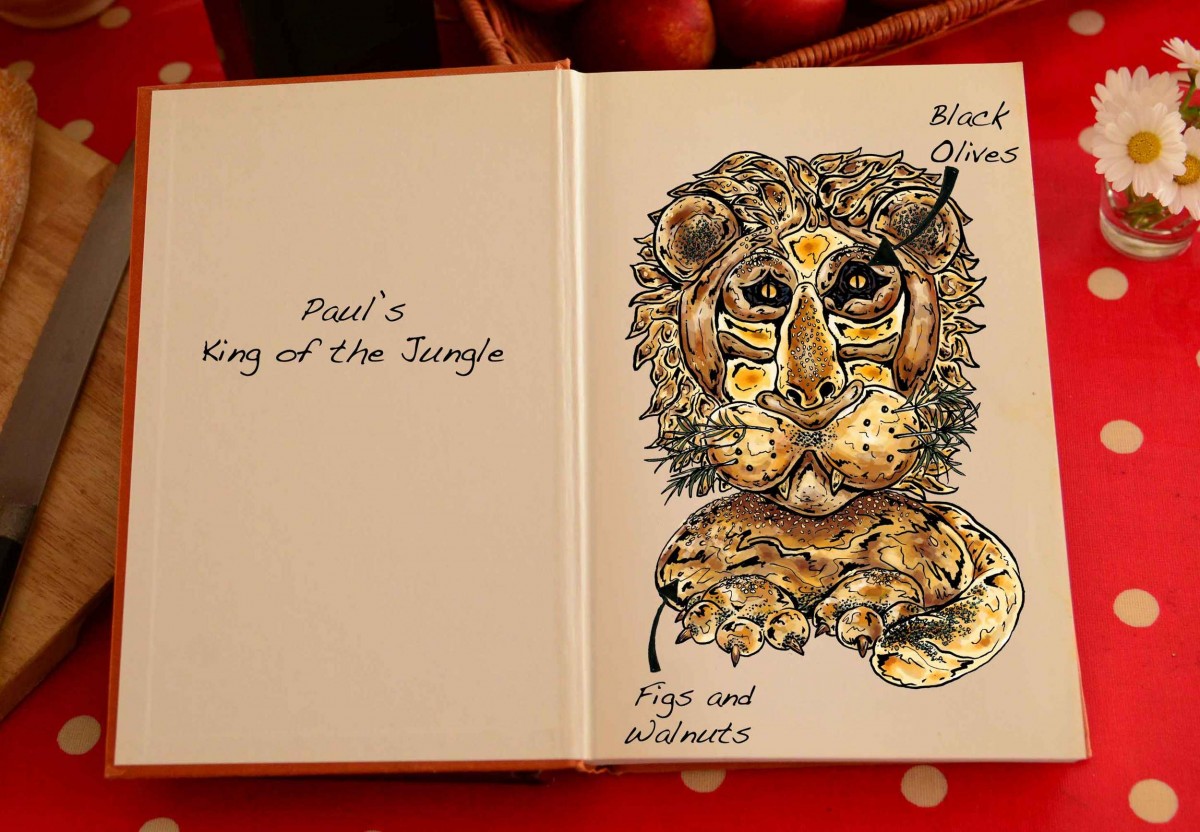
Bristol based illustrator Tom Hovey has drawn every one of Bake Off’s trademark illustrations since the show’s inception in 2010.
Speaking to itsnicethat.com, Hovey said he was briefed to “echo the homely and nostalgic aesthetic of the show”, and that he takes roughly a week to illustrate an episode’s bakes after they have been made.
If a bake fails, Hovey has to resort to his artistic license to represent the intended design.
4. ‘Food Researchers’ are hired to ensure the technical challenges are actually possible
From the notorious maids of honour to camp-fired pitta breads, the judges are prone to elaborate when setting challenges, both to perplex contestants and allow them to flex their culinary and artistic muscles.
Full-time food researchers therefore attempt to follow the recipes before the contestants do so, in order to ensure they are bakeable. Otherwise there would be no cakes to judge!
5. The Bake Off tent itself is a major obstacle
Don’t be fooled by the tent’s cheerful interior. Speaking to Cosmopolitan, Frances Quinn described it as being “completely alien to your own kitchen at home.”
For starters, the six camera operators leave a path of destruction on the tent floor, which makes any delicate decoration even more difficult given the lack of a level surface to stand on.
Then there is our temperamental weather that fluctuates the temperature and wreaks havoc on the bakes. No meringue is safe.
Add to that the small fridges and little work space and you get an inhospitable baking hellscape.
6. Since Bake Off first aired, sales of baking goods have soared

Evidently inducing a nationwide cake craving, from the first edition in 2010 up to 2018, there was a £1.2 billion increase in annual UK baking sales.
Bake Off and its former judging queen, Mary Berry, have been also been hailed as the saviours of the Women’s Institute, whose membership has reached its highest level since the 1970s.
7. More than 800 viewers lodged complaints to the BBC over the infamous #BinGate controversy
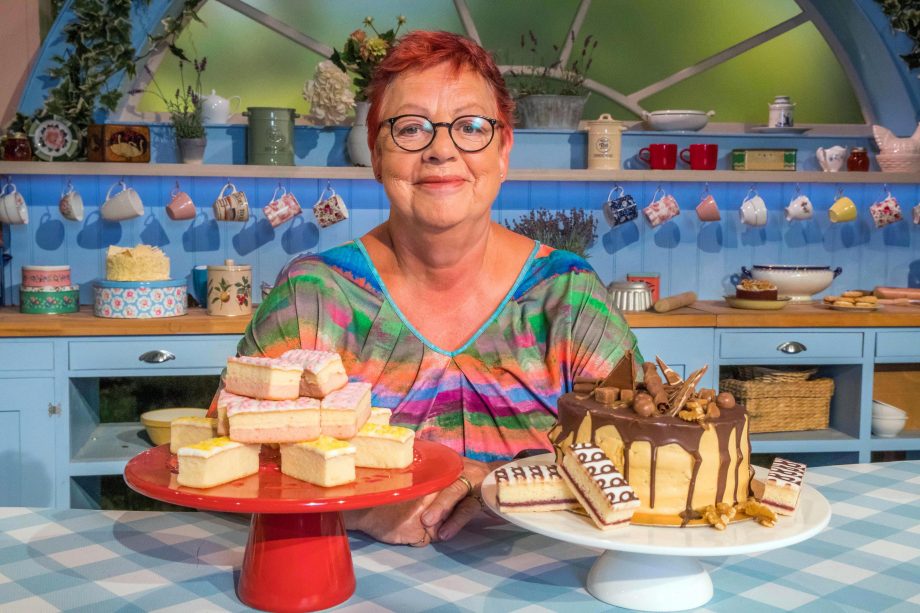
In the fourth episode of the fifth series, Iain Watters was eliminated after a final showstopper round that saw contestants attempt a Baked Alaska.
Iain’s ice cream hadn’t set and in frustration he threw his bake in the bin. But the edit implied that another contestant, Diana Beard, had sabotaged his effort by removing the ice cream from a freezer. Cue the insurrection.
It was only when unseen footage aired in the after-show, An Extra Slice, that everyone’s minds were put to rest, as it showed Iain removing his ice cream from the freezer later in the same round, still not entirely frozen.
8. Crew test each oven every day by cooking a Victoria sponge
A poor baker blames their oven, but Bake Off denies bakers this excuse by testing every single oven, every single day.
Why a Victoria sponge? Well, it’s what Mary Berry’s been making when testing a kitchen ever since her first job at the Bath electricity board showroom, where she taught customers how to use their new electric ovens.
9. Paul Hollywood got his start working in his father's bakery
Hollywood began studying sculpture at the Wallasey School of Art but he left early to start working in his father's bakery in York. He went on to serve as head baker in hotels around Britain and the world.
Leith has a jam-packed CV having started her own catering businesses, established Michelin-star restaurants and even running cooking schools, as well as writing books and newspaper columns and appearing on TV. Before Bake Off, she was a judge on BBC Two’s The Great British Menu.
Noel also brings his own expertise in... eating cakes. He started working for a bakery but was promptly fired after his boss found him lying on the floor munching on their stock.
10. There are no leftovers
The judges may only eat a mouthful of each bake, but none of the tasty treats go to waste as the crew quickly steps up to the plate after filming.
According to Noel Fielding in the 2018 Big Fat Quiz of the Year, the leftovers of the leftovers keep Prue’s pigs well-fed.
The Great British Bake Off airs on Tuesdays at 8pm on Channel 4.

